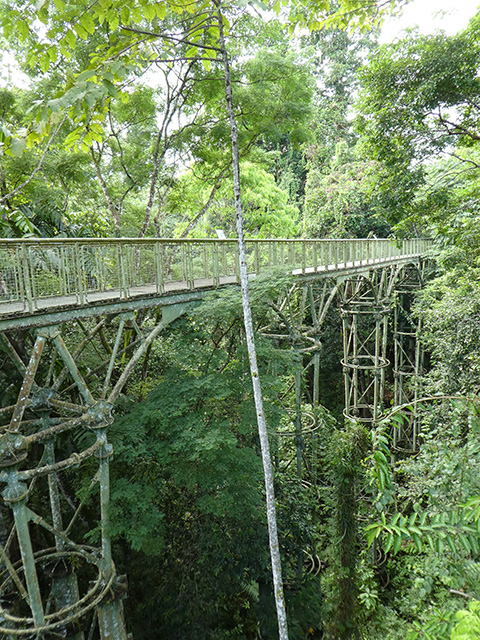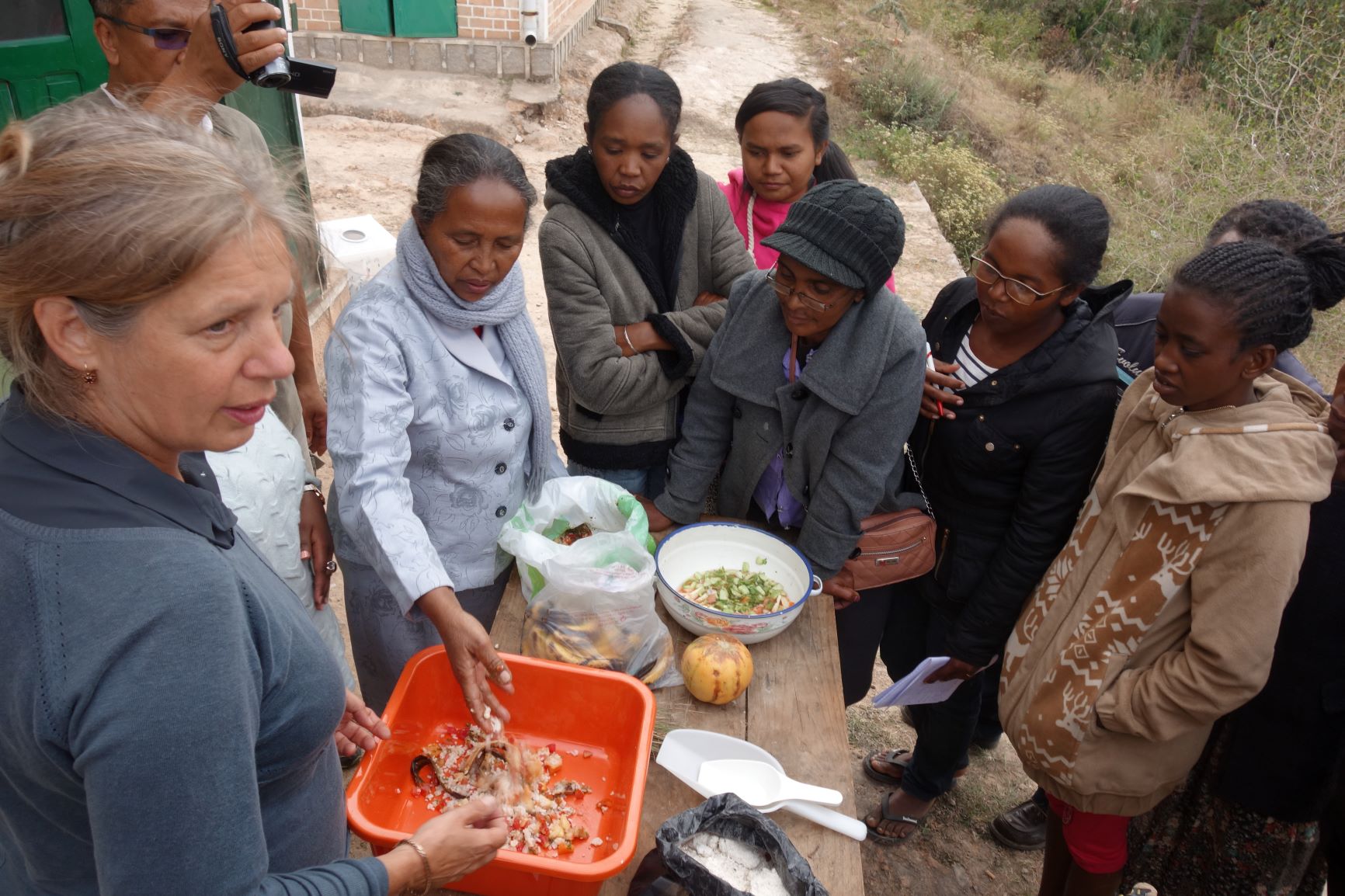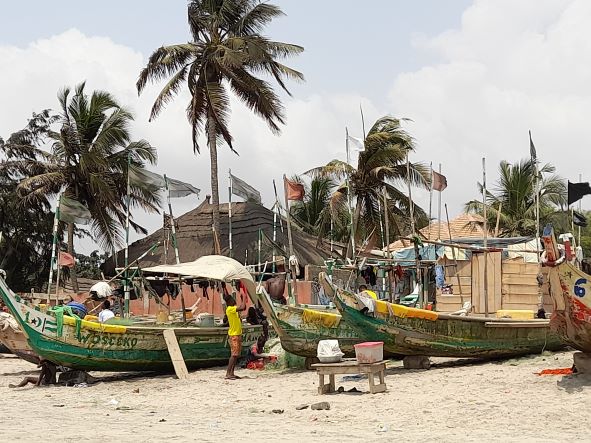German-Latin-American summer (school) part 3
Part 3: Berlin excursion: Museum stop (July 21)
Five doctoral researchers from the Doctoral Studies Support Program reflect on their 2023 Summer School in Germany (June-July 2023) organized by ZEF.
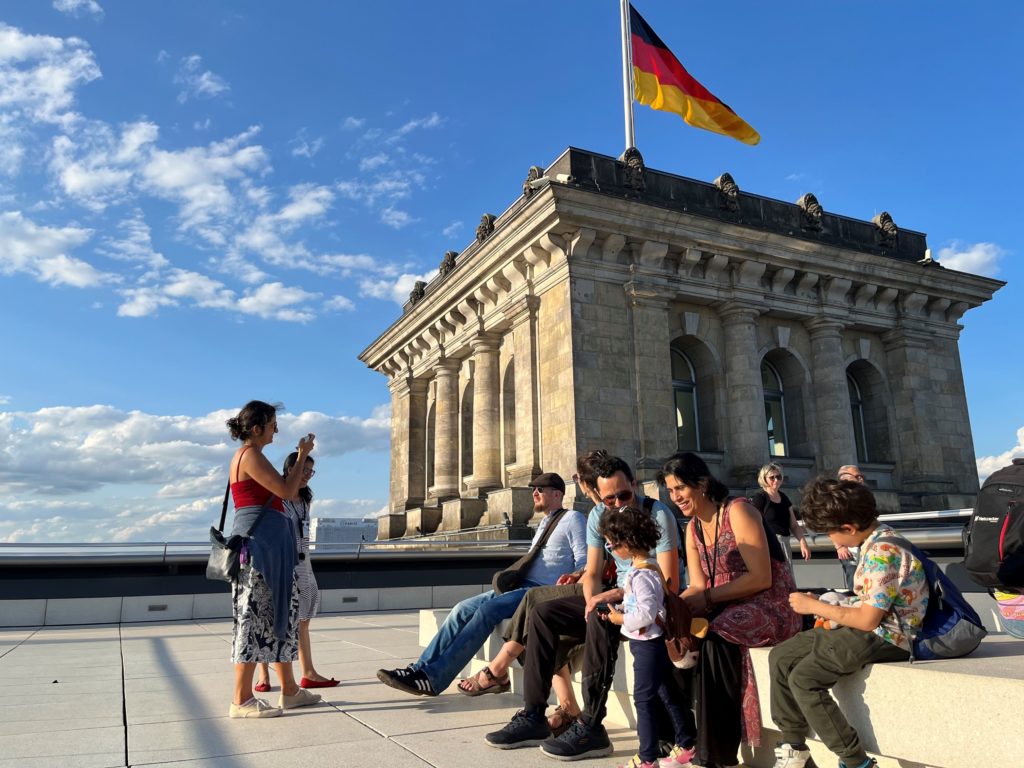
From July 18-22, the five doctoral researchers María Camila Montalvo, Diego Quijano, Maria Marcela Lozano, Pablo González and Michael Weidemann, accompanied by ZEF-researchers Carolina Tóbon and Aline Pereira, paid a visit to Berlin. On July 21 they visited the Ethnologisches Museum der Staatlichen Museen zu Berlin (Ethnological Museum).
In her capacity as art curator, María Camila Montalvo visited a few additional museum sites on top and shares her insights with us here:
“As an art curator, I am used to setting my schedule according to the exhibitions that are available in every place I visit. During the last years of my career, my research focus has been on Indigenous material production. Against this backdrop, I found that Berlin offers a complex and stimulating environment on many levels, all of which led me think and reflect on the origins of objects and things“.
Pergamon Museum and the need for revising arts’ history
“For instance, during my visit to the Pergamon Museum, I saw the two pillars from Ashur (Iraq), dated, respectively, on 11th and the 9th century BCE. This seems to indicate that pillars very probably came from Syria. In turn, this would contradict the assumption that pillars are originally from Greece. Also, contemplating pieces such as the Ishtar Gate and parts of the facade of the temple of Inanna found in Uruk, the world’s first metropolis [built in the 4th century BCE in Mesopotamia, today’s Iraq, ed.] has been pivotal for my work as a college lecturer, as these pieces are examples for the need of revising global histories of arts, design, and architecture“.

Neue Nationalgalerie and Bauhaus’s legacy
“My next stop was the Neue Nationalgalerie placed in a building designed by the German-American architect Ludwig Mies van der Rohe. The building’s style reminded me of the Bauhaus, a German school of architecture, design, crafts, and art founded in 1919, which has been the model of the Faculty of Creation at the University of Rosario in Colombia—the school where I work as a lecturer. A day before my visit to the Neue Nationalgalerie designed by Mies van der Rohe, I went to the temporary Bauhaus-Archiv | Museum für Gestaltung. Here, I could learn about the central role that crafts played within the modernity discourse Bauhaus represented, which established principles of functionality, interdisciplinarity, professionalization of creative disciplines and experimentation“.
Ethnological museum in Berlin

“Finally, the visit to the Ethnological Museum’s archives guided by the curator of the Museum’s South American Collections, Manuela Fischer, concluded our excursion to Berlin with a real highlight. The visit allowed us to smell the archives’ pieces that had been treated with toxic pesticides. This experience led to a discussion about the return of two sacred masks to Colombia that the Ethnological Museum’s director at the time, Konrad Theodor Preuss, took 1919 from Colombia to add them to his Museum’s collection. Germany returned the two masks to the Colombian President, Gustavo Petro, during his visit in Berlin, one month prior to our visit. In Colombia, the Colombian government returned the objects to the Indigenous communities in Sierra Nevada. Since the objects are made from organic materials and have been routinely sprayed with pesticides, they are a risk for those who touch use them. Nevertheless, it is emotional to have them back in Colombia“.
Text and photos in this blog by María Camila Montalvo. [Text has been shortened and edited.]
